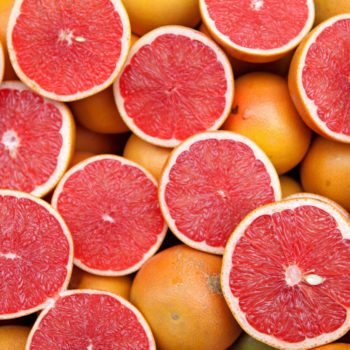Animal proteins are constituted as vegetable proteins by amino acids. Foods of animal origin, however, contain, in addition to proteins, many other substances including saturated fats that in excessive doses can lead to an increase in cholesterol levels and over time to inflammation of the intestinal tract, increasing the risk of developing certain diseases, particularly colorectal cancer. The increase in risks is directly proportional to the quantity and frequency of consumption. Experts believe that modest consumption is acceptable. We asked Dr. Elisabetta Macorsini, nutritionist at Humanitas, how and how often to consume red meat.
Does red meat increase the risk of colorectal cancer?
In individuals at low starting risk, modest consumption of red meat does not substantially increase the possibility of developing colorectal cancer, however associated with a higher risk of developing increased cholesterol levels and cardiovascular disease. Those who are at risk because of their familiarity with the disease or for other diseases should discuss the food plan with their nutritionist, so as to assess how appropriate it is to reduce the intake of red or processed meat, considering that in this food there are some nutrients (such as vitamin B12 and iron) that are valuable for health. In general, however, it should be remembered that those who follow diets rich in animal proteins, especially red meat and processed meat, have a higher risk of developing diseases such as diabetes, heart attack and cardiovascular problems, obesity and cancer. Among the cancers, the risk increases especially for those of the gastro-intestinal system (colon-rectum and stomach), but also for some “hormone-dependent” cancers such as breast, prostate and endometrium.
Are cold cuts carcinogenic?
The International Agency for Research on Cancer in Lyon, an agency of the World Health Organization that assesses and classifies the carcinogenicity of substances, has defined red meat as probably carcinogenic (class 2A of the IARC classification) and processed red meat (sausages and salami) as definitely carcinogenic (class 1 of the IARC classification).
The red color is given by the presence in the tissues of two proteins, closely related to each other: hemoglobin and myoglobin. Both contain a molecule, called the “heme group”, with an iron atom at its center. However, several studies indicate that the heme group stimulates the production of certain carcinogenic substances in the intestine and induces inflammation of the intestinal walls. A prolonged inflammation over time due to massive ingestion of red meat increases the chances of developing colorectal cancer, which in industrialized countries, where the consumption of red meat is widespread, is the third most frequent cancer and the third cause of death from cancer diseases. Not only: red meat can be processed by drying, salting or smoking, and preserved with additives such as nitrates, nitrites and polycyclic aromatic hydrocarbons.
Classification of carcinogenic meat
There is a lot of confusion about the true meaning of the IARC decision to include red meat and processed red meat in the class of carcinogenic substances.
The decision was taken after a careful review of the available studies on the subject, but it does not mean that cured meats are more dangerous than fresh red meat. The classification of carcinogenicity is not a risk classification but a measure of the safety with which experts express their opinions on the carcinogenicity of a product. Studies on cured meats and sausages have such a quality and breadth that we can safely say that cured meats can increase the risk of getting sick, while studies on red meats are statistically less strong and therefore only allow us to say that the association probably exists. As far as white meat (poultry and rabbit) is concerned, experts only state that there are not sufficiently reliable studies and that therefore they cannot pronounce themselves either in one sense or in the other, even if knowledge of the molecular mechanisms that make red meat potentially carcinogenic (the presence of iron EME) makes it possible to say that white meat (which generally contains very small quantities of it) is probably safer.
When the assumption that red meat is carcinogenic like smoke is necessary to be cautious: smoking is in fact a much more potent carcinogen than sausages, so reasonably a slice of salami from time to time will have less influence on our health than a pair of cigarettes.








